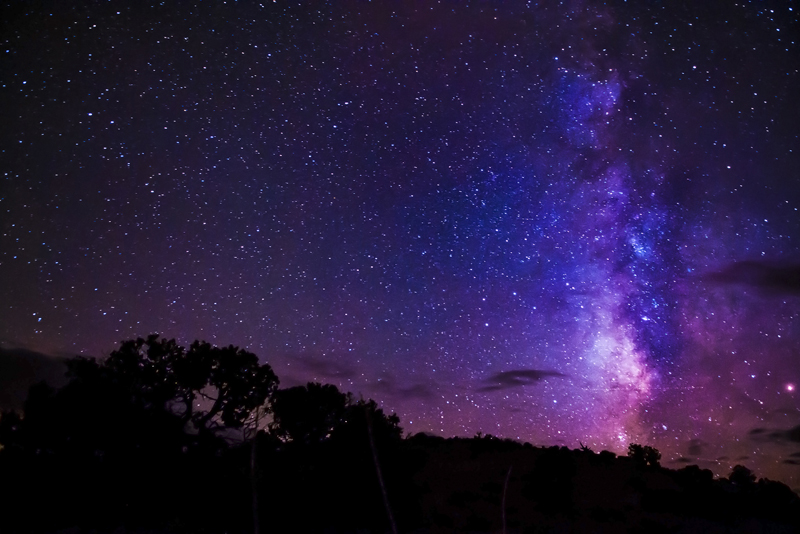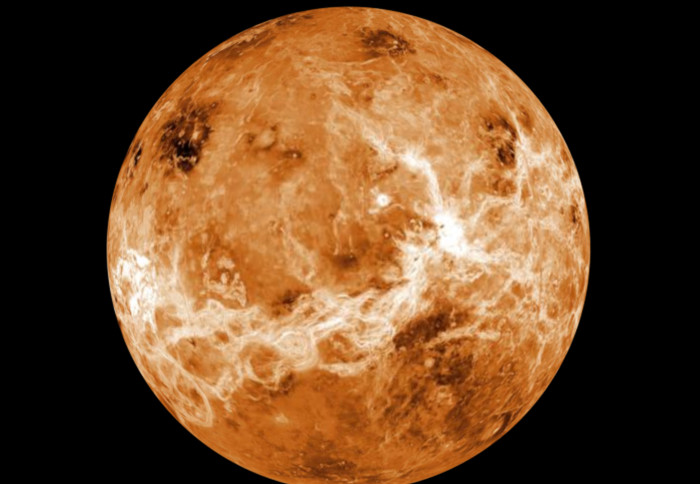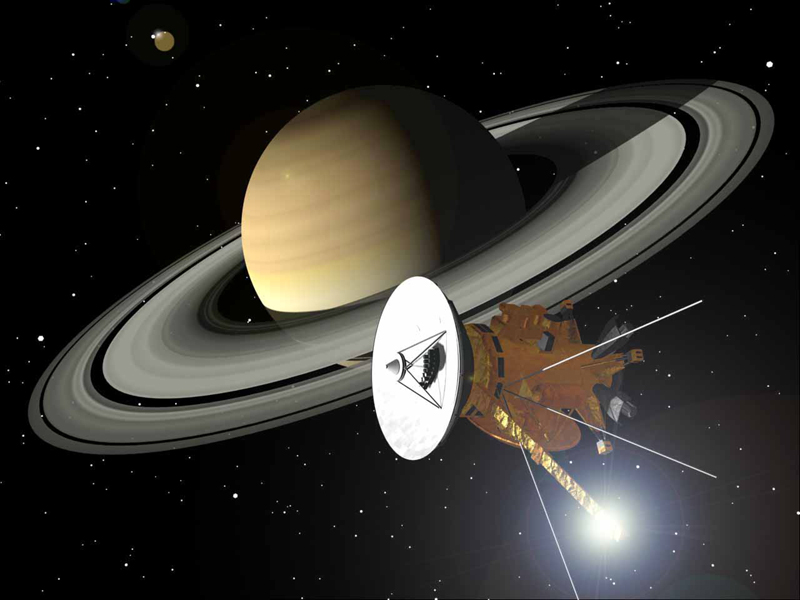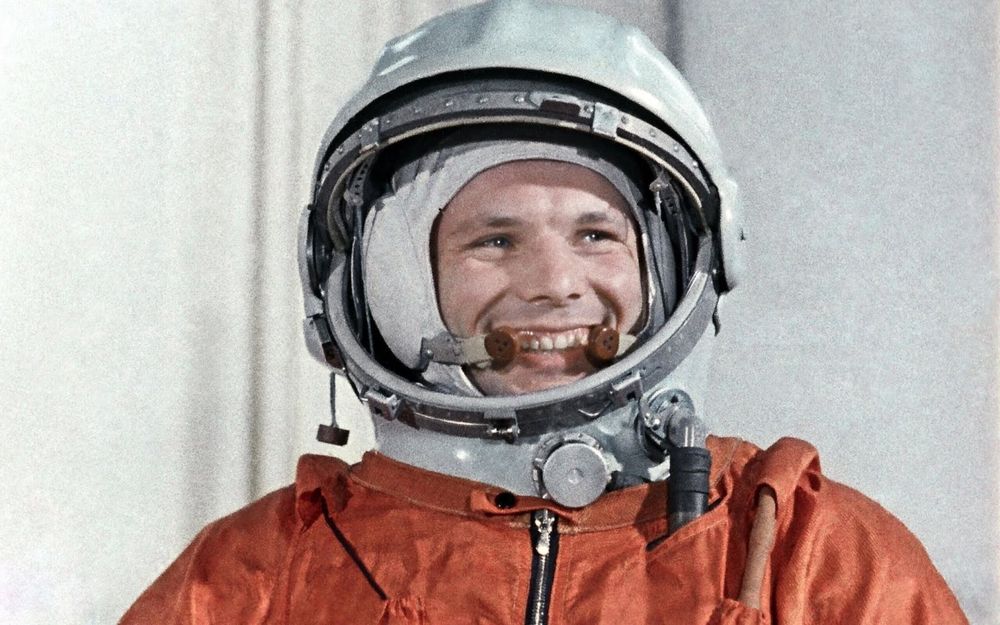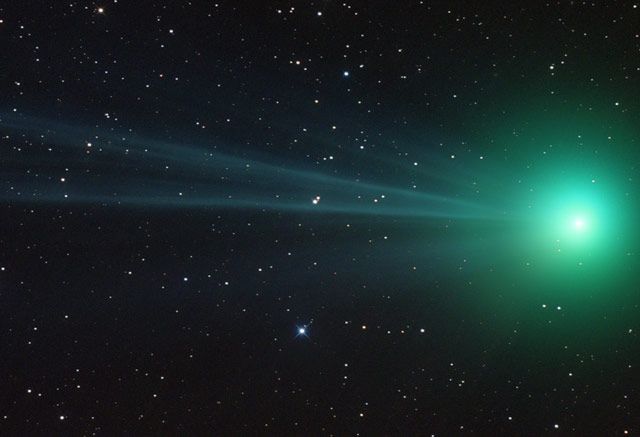Hi everybody
Here's the latest article from the Astronomy site at BellaOnline.com.
Celestial Sleuth – book review
A "celestial sleuth" solves puzzles in art, history and literature using astronomy. Why did Munch have a blood-red sky in "The Scream"? How did British sentries miss Paul Revere rowing across Boston Harbour under a full Moon? Which meteor shower did the characters in James Joyce's "Ulysses" see?
http://www.bellaonline.com/articles/art183708.asp
*Apollo 11 - 45th Anniversary*
July 20 is the 45th anniversary of the day that the the first humans – Neil Armstrong and Buzz Aldrin – walked on the Moon. Only July 21, the lunar module “Eagle” lifted off from the moon and the three members of the crew headed for home.
Buzz Aldrin asks where *you* were when Apollo 11 landed on the Moon. Use #Apollo45 to share your story on the special Youtube page or your social media. You can find out more here: https://www.youtube.com/Apollo45 Some people answer Aldrin's question on the Astronomy Forum: http://forums.bellaonline.com/ubbthreads.php/topics/870445/Buzz_Aldrin_asks_Where_were_yo#Post870445
The Apollo missions that landed on the Moon left evidence of their sojourn on our satellite. Astronomy and space expert Ian Ridpath has kindly written about the photographs of the landing sites taken by the Lunar Reconnaissance Orbiter: http://www.bellaonline.com/articles/art29536.asp
But what was it like to train as an astronaut that was going to leave the protective embrace of Earth for another world? Michael Collins, the Apollo 11 crew member who didn't walk on the Moon, wrote a splendid book about it. Here is a review: http://www.bellaonline.com/articles/art32834.asp. You can also read about the excellent film “In the Shadow of the Moon” here: http://www.bellaonline.com/articles/art9746.asp
*Birthdays*
(1) July 18, 1921: John Glenn was the first American to orbit the Earth and the oldest person to go into space. Here is an infographic about his flight: http://www.pinterest.com/pin/250090585531505462/
(2) July 19, 1846: Edward Charles Pickering was a distinguished American astronomer who was the director for many years of the Harvard College Observatory. He hired a number of smart women to work there, though he didn't pay them very well. The women worked as “computers” but also made notable contributions to astronomy. Annie Cannon classified about a quarter of a million star spectra for the Henry Draper Catalog. She also prepared the catalogs themselves after Pickering's death: http://www.bellaonline.com/articles/art28074.asp Henrietta Leavitt discovered a relationship between the period of a Cepheid variable star and its absolute luminosity. This makes it possible to work out how far away many distant objects are: http://www.bellaonline.com/articles/art29166.asp
(3) July 22, 1784: Friedrich Bessel was a German astronomer and mathematician and director of the Koenigsburg observatory. His best known contribution was being the first person to publish a calculation of the distance to a star using parallax. This is similar to the triangulation surveyors do on Earth, but the angles are much smaller and need great care.
Please visit astronomy.bellaonline.com for even more great content about Astronomy.
I hope to hear from you sometime soon, either in the forum or in response to this email message. I welcome your feedback!
Do pass this message along to family and friends who might also be interested. Remember it's free and without obligation.
I wish you clear skies.
Mona Evans, Astronomy Editor
http://astronomy.bellaonline.com
One of hundreds of sites at BellaOnline.com
.
astronomy Newsletter
